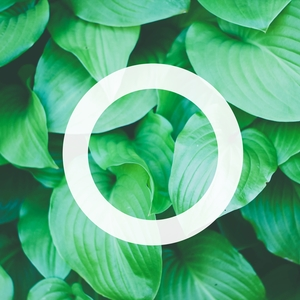If you’ve recently stopped by your local Starbucks, you might have noticed the signs promoting the new Cascara Latte—one of the new 2017 menu additions. But seriously though, what in the world is cascara, anyway? I’m here to give you the lowdown.
It Comes From the Coffee Plant

The coffee beans that make up your daily cup of joe are the seeds of the coffee cherry fruit, which grows on a coffee tree plant (where can I get one?!). To get the beans, the cherry must be processed and the outer pulp is removed. The outer skin and the pulp are called cascara.
Its Name Literally Means “Husk”

The word ‘cascara’ comes from the Spanish word ‘cáscara’, which means ‘shell’ or ‘husk’. Yup, just like corn.
You Can Make Tea With It

That’s right. If you don’t feel like coffee, you can literally make tea from coffee. The dried berries can be steeped and made into tea. It has less caffeine than coffee beans, and is often made with cinnamon or nutmeg. The fragrant tea is often consumed in coffee-growing countries like Yemen and Bolivia.
It Has Antioxidants

A new 2017 study found that tea made from coffee cherry pulp has a considerable amount of antioxidant capacities, with levels near the range of ready-to-drink bottled green teas.
It Helps Reduce Waste
After the coffee beans are harvested, the remaining pulp and shell waste is considered a by-product and are often thrown away or composted. Adding cascara to the menu will prevent it from going to waste, and allows it to be used in this special way.
Enjoy your newfound appreciation for cascara, the humble coffee plant, the next time you get a Cascara Latte at Starbucks. Just don’t confuse it with Rhamnus purshiana, a species of plant often called cascara that also has laxative properties. That’s its intense cousin.



